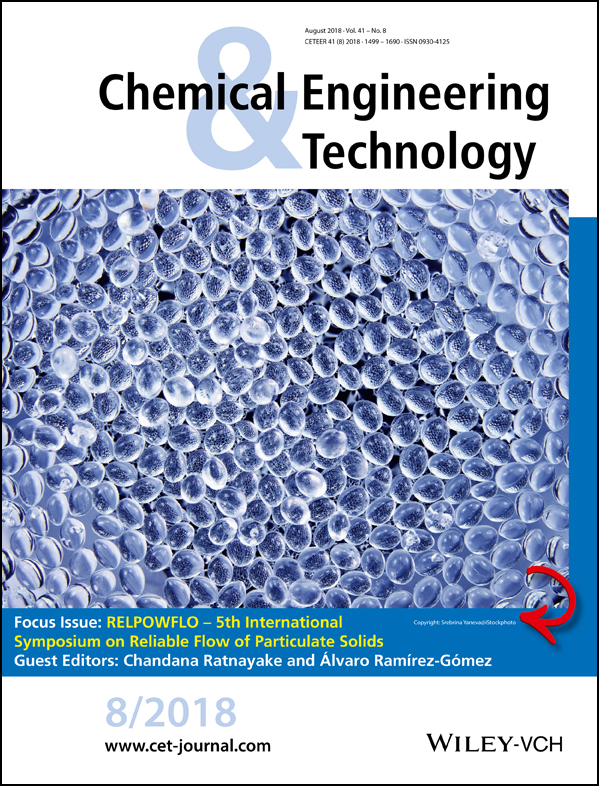Flow Properties of Drill Cuttings with Varying Drilling Fluid Content Using Jenike Shear Testing
Abstract
Drill cuttings generated by offshore drilling operations are handled as a hazardous waste. In sensitive marine environments, the concept of zero discharge of waste is implemented. Hence, the drill cuttings have to be stored within the drilling rig for a short time period until they are transported to the onshore treatment facilities. As the drill cuttings are wet and sticky, conventional single silos may face the problem of blockage and rat holing. This preliminary study focuses on conducting flow property measurements. From the experiments the hopper angle and the required minimum outlet width were calculated. A plane symmetric silo with 25.8° hopper angle is suitable for all the conditions. The viscosity of the fluids is affecting the results significantly.




